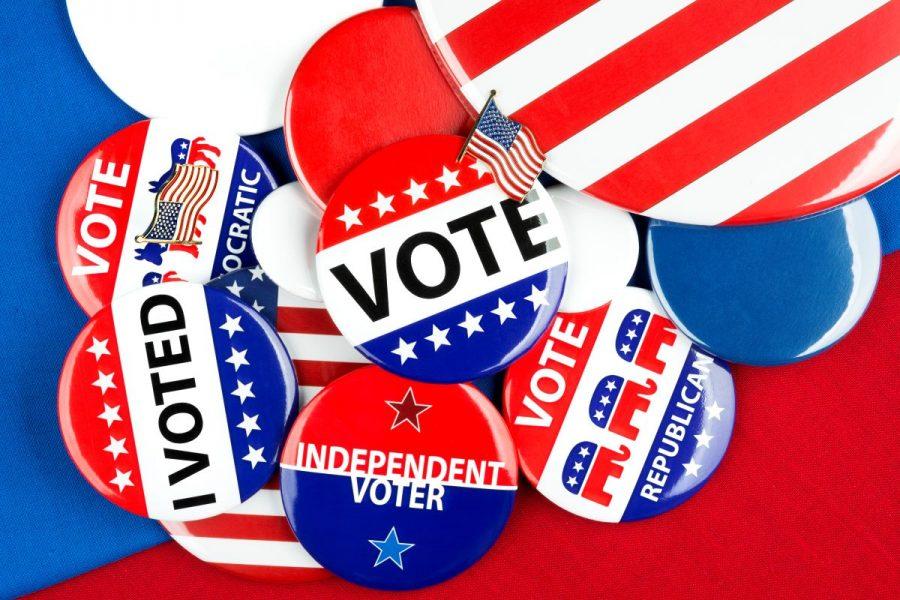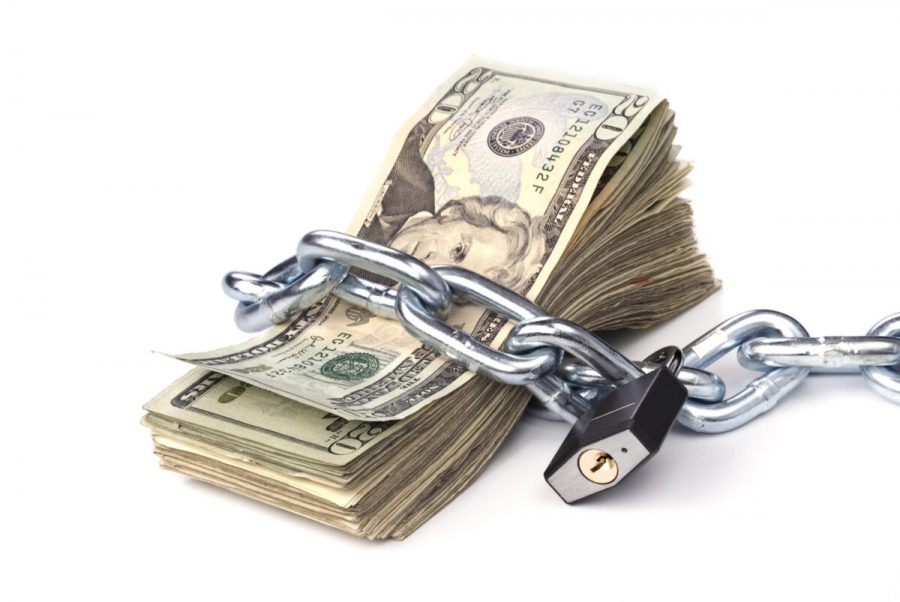Definition & Purpose
Price controls on pharmaceutical drugs is an initiative in which a government body, federal or state, applies a cap on how much certain pharmaceutical drugs may cost. Pharmaceutical drugs are specifically prescription medications developed by private companies, leaving the manufacturing with a monopoly over the product and its price. Proponents argue price controls would prevent pharmaceutical companies from making their medications, which are in some cases life-saving, exorbitantly expensive. In this way, proponents hope to make necessary drugs more accessible and affordable to those who need them.
Sources: The National Bureau of Economic Research
A Brief History
Price controls on pharmaceutical drugs are enforced by the federal governments of other countries, including France and the United Kingdom. Several bills proposing the institution of price controls on pharmaceutical drugs by the U.S. federal government, including one introduced by House Speaker Nancy Pelosi in October. U.S. legislation has never passed any bills on the topic into law.
Sources: Commonwealth Fund
Controversy
For Price ControlsMakes pharmaceutical drugs more affordable
According to the Center for Economic Policy and Research, the cumulative savings of these negations to the federal government over the next decade, in a low saving case, would be $229.7 billion. In addition, the savings to state governments would be $30.8 billion, while beneficiaries would save $47.7 billion in lower premiums. In the high saving case, the savings to the federal government over the next decade would be $541.3 billion. The saving to the states would be $72.7 billion, and beneficiaries would save $112.4 billion. |
Against Price ControlsDecreases Production of Pharmaceutical Drugs
Reduces Research and development
Decreases production of generic drugs
According to the Association for Accessible Medicines, 90 percent of medicinal drug use are generic drugs. |
Recent Events & Reformation
- H.R. 3, or the Lower Drug Costs Now Act bill, passed the House December 2019. According to Forbes, it is very unlikely the Senate or Trump Administration will support the legislation because the Senate is strongly conservative and pro-business.
- On Dec. 17, the Food and Drug Administration announced that it is taking steps to allow the import of cheaper drugs from Canada and other countries. The goal is to enable U.S. citizens to attain the same cost savings as consumers in other countries.
Public Opinion of Price Controls
According to a Henry J Kasner Family Foundation survey, 79 percent of Americans believe the price of pharmaceuticals is unreasonable. The same survey found 86 percent of respondents favored allowing the government to negotiate with drug companies to get lower prices.
[Total_Soft_Poll id=”10″]

























































































